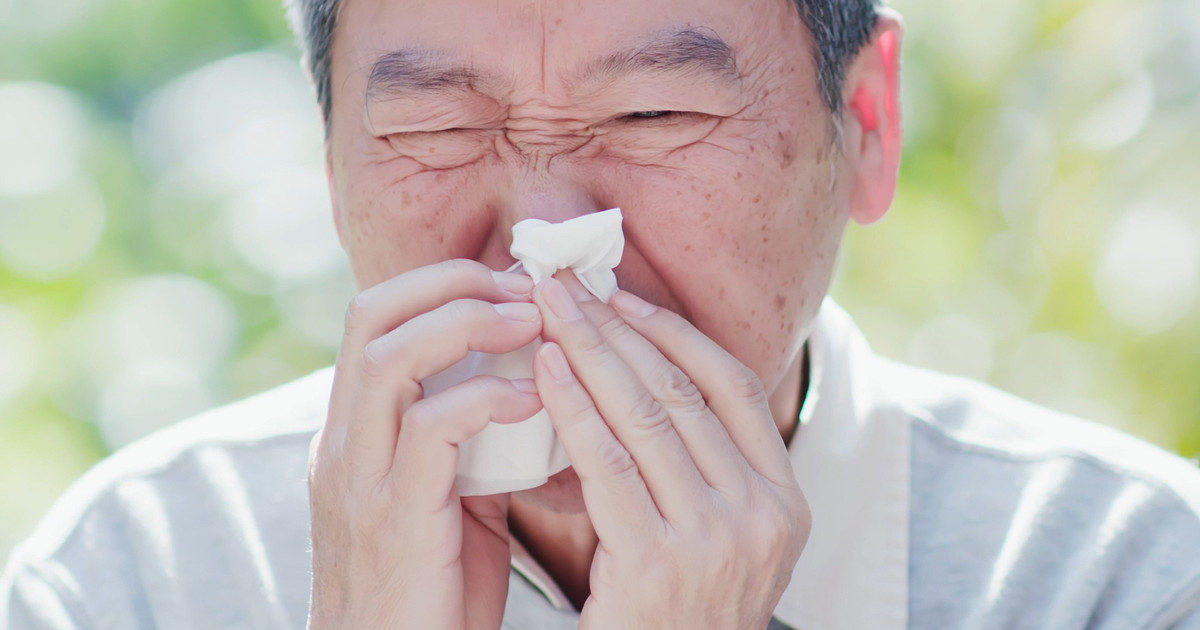What Are The Risk Factors For Keratosis Pilaris?
Keratosis pilaris seems to be a common condition that affects the skin. Excessive keratin building on the skin appears to cause it. Keratin, a protein, can protect the hair and skin from infection. However, this may only happen when it is delivered in proper amounts. Keratosis pilaris may cause dry patches and small, red bumps to appear. Thankfully, it appears to be a fairly harmless condition, though compromise the skin's appearance. Many patients may also find keratosis pilaris irritating. This condition seems to be common on the face, legs, and arms.
Patients may apply moisturizing lotion for keratosis pilaris. They may use skin products like retinol as another keratosis pilaris treatment option. Patients may need to see a dermatologist to get a glycolic acid peel for keratosis pilaris. Dermatologists may also provide keratosis pilaris laser treatment. However, certain risk factors may cause the best treatment for keratosis pilaris to change. Thus, patients may want to understand theirs first.
Eczema
Eczema appears to cause itchy and painful rashes. If they are left untreated, the rashes may swell, fill with pus, and crack. Unfortunately, more research may need to be done to determine the exact cause of this condition. There seem to be many potential risk factors for it. However, eczema patients do appear to be at a much higher risk of keratosis pilaris. This may be because their skin is compromised already. The combination of these two conditions may be hard to spot. Thus, keratosis pilaris may go unnoticed for some time. Regardless, individuals may want to treat any rash as soon as possible. Doing so may clear up other symptoms.
Continue reading to learn more about possible risk factors for keratosis pilaris now.
Hay Fever
Hay fever may be called allergic rhinitis as well. This condition seems to be the result of a reaction to airborne allergens. Pollen may be an example of such an allergen. Patients with hay fever may experience watery eyes and nasal congestions. A runny nose, sneezing, and sinus pressure also appear to be common warning signs.
This condition may put individuals at a higher risk of developing keratosis pilaris. Unfortunately, the reason for this does not seem clear. Some experts believe it is connected to the body trying to fight off the allergens. It appears that the body may create more keratin to protect the skin. Extra keratin, as discussed, may trigger keratosis pilaris.
Get more information on conditions that may increase an individual's risk of keratosis pilaris now.

